This 3D model of Rocinante consists of files in StereoLithography (.Stl) format that is optimized for 3D printing.
Before printing the files, we strongly recommend reading the PRINTING DETAILS section.
WHAT WILL YOU GET AFTER PURCHASE?
- 2 versions of Rocinante STL files for FFF/FDM and DLP/SLA - files for all versions are available for download after the purchase;
- STL files of high-poly Rocinante Model for 3D printing consist of 112 files;
- Sizes for:
- FFF/FDM: 547 mm tall, 219 mm wide, 159 mm deep;
- FFF/FDM on the platform: 184 mm tall, 219 mm wide, 524 mm deep;
- DLP/SLA: 273 mm tall, 110 mm wide, 79 mm deep;
- DLP/SLA on the platform: 92 mm tall, 110 mm wide, 262 mm deep;
- Assembly Manual for FFF/FDM 1.0 and DLP/SLA 1.0 versions in PDF and video formats;
- Detailed settings that we provide as a recommendation for Cura, Simplify3D, Slic3r and PrusaSlicer for the best print;
- Full technical support from the Gambody Support Team.
Detailed information about this 3D printing model is available in the DESCRIPTION section.
ABOUT THIS 3D MODEL
The Expanse space opera based on the novel series of the same name by James S. A. Corey writing duo occupies a worthy place among the very best of TV sci-fi. The colonization of space, the development of the relationship between Earthers, Martians and the Belters, the story arc of Detective Miller, the more you learn the stories of the world of the Expanse, the more fascinating it becomes. The Rocinante Corvette-class frigate, originally named the Tachi (ECF 270), was renamed by Captain James Holden, who used it to escape the MCRN flagship where it had been stationed. This vessel, armed with point defense cannons and torpedo launchers became a home to Holden and his crew and played a major role in their adventures across the Solar system.
Inspired by the amazing construction of Rocinante, our contributing 3D artist created this impressive model for 3D printing. The design of the rocket-shaped spacecraft is layered floor-by-floor starting from the reactor and cargo bay upwards to the command and flight decks. The model is equipped with rotating turrets, rocket launchers, rockets and removable panels. It has several installation options and even the tunnels for LED wiring to light up the engine. This iconic high-tech model is a must for your collection of spacecrafts!
ADAPTATION FOR 3D PRINTING
The Rocinante model for 3D printing is a static assembly model and its moderation and adaptation for different types of 3D printers took the Gambody team 92 hours in total.
For you to receive the cleanest 3D printing result possible, minimize the amount of filament needed for generated support, and make use of the active elements designed by Gambody Engineers, the frigate was divided into convenient assembly parts.
All assembly parts in the FFF/FDM 1.0 version are provided in STL files in recommended positions that were worked out in order to ensure the smoothness of the details’ surfaces after printing and that the 3D printing beginners won’t face difficulties when placing the parts on a build plate. When downloading any model’s file you will also receive “Assembly Manual” for FFF/FDM 1.0 and DLP/SLA 1.0 versions in PDF and video formats. We highly recommend that you get acquainted with the “Assembly Video” and “Assembly Manual” before getting down to the Rocinante 3D printing model.
The model is saved in STL files, a format supported by most 3D printers. All STL files for 3D printing have been checked in Netfabb and no errors were shown.
The model’s scale was calculated from the length of Rocinante which is 46000. The 3D printing model’s chosen scales are 1:100 for the FFF/FDM version and 1:200 for the DLP/SLA version.
VERSIONS’ SPECIFICATIONS
FFF/FDM 1.0 version features:
- Contains 67 parts;
- A printed model is 547 mm tall, 219 mm wide, 159 mm deep;
- A printed model on the platform is 184 mm tall, 219 mm wide, 524 mm deep;
- You can install turrets or covers for the closed position;
- Two types of the rear panels, with and without the mount for the landing gear;
- Two types of the top panels, with and without the lettering;
- The turrets rotate;
- Two types of landing gear - retracted and locked;
- The missiles are hidden under the removable panels at the top and the bottom parts of the frigate;
- The gateway is hidden under the top panel;
- Two types of the nameplate, with and without the lettering;
- You can either mount the spacecraft on the platform or install it horizontally;
- Tunnels for LED wiring to light up the engine;
- All parts are divided in such a way that you will print them with the smallest number of support structures;
- Parts 2 and 3 were updated to ease assembly with the related parts.
DLP/SLA 1.0 version features:
- Contains 45 parts;
- A printed model is 273 mm tall, 110 mm wide, 79 mm deep;
- A printed model on the platform is: 92 mm tall, 110 mm wide, 262 mm deep;
- You can install turrets or covers for the closed position;
- Two types of the rear panels, with and without the mount for the landing gear;
- Two types of the top panels, with and without the lettering;
- The turrets rotate;
- Two types of landing gear - retracted and locked;
- The missiles are hidden under the removable panels at the top and the bottom parts of the frigate;
- The gateway is hidden under the top panel;
- Two types of the nameplate, with and without the lettering;
- You can either mount the spacecraft on the platform or install it horizontally;
- Tunnels for LED wiring to light up the engine;
- All parts are divided in such a way to fit the build plates and to ensure that support structures are generated where needed.
- Parts 2 and 3 were updated to ease assembly with the related parts.
You can get the Rocinante model for 3D printing immediately after the purchase! Just click the green Buy button in the top-right corner of the model’s page. You can pay with PayPal or your credit card.
Watch the tutorial on how to assemble a Rocinante 3D Printing Model on Gambody YouTube channel.
Also, you may like Spacecraft and Sci-fi 3D Printing Models.
________
FAQ:
Generic
Below you can find printing recommendations for Cura, Simplify3D, Slic3r and PrusaSlicer software.
Disclaimer: The following printing settings are a recommendation, not an obligation. The parameters can vary depending on the peculiarities of your 3D printer, the material you use, and especially the particular assembly part you are working with. Each part that any model comprises often needs preliminary review, and you are free to tweak the settings the way you find suitable.
Note:
You can scale up the model (downscaling for FFF/FDM 3D printers is not recommended!);
All connectors should be printed at 100% Infill.
Cura printing recommendations:
These are averaged settings which were tested in the Cura 5.2.1 slicer. Test models were printed on Anycubic Vyper, Creality Ender 3 Pro with PLA filament.
To avoid printing problems, we recommend the following settings: download
Simplify3D printing recommendations:
These are averaged settings which were tested in the Simplify3D 5.0.0 slicer. Test models were printed on Anycubic Vyper, FLSUN v400, Ender3 S1 with PLA filament.
To avoid printing problems, we recommend the following settings: download
Slic3r printing recommendations:
These basic 3D printing settings recommendations for beginners were tested in Slic3r 1.3.0 software. Test models were printed on Ultimaker 2, Creality Ender 3, Creality Cr-10S pro v2, Anycubic I3 Mega, Anycubic I3 MegaS, Anycubic Vyper with PLA and PetG filaments.
To avoid printing problems, we recommend the following settings: download
PrusaSlicer printing recommendations:
These basic 3D printing settings recommendations for beginners were tested in PrusaSlicer 2.3.1. Test models were printed on Ultimaker 2, Creality Ender 3, Creality Cr-10S pro v2, Anycubic I3 Mega, Anycubic I3 MegaS, Anycubic Vyper with PLA and PETG filaments.
To avoid printing problems, we recommend the following settings: download

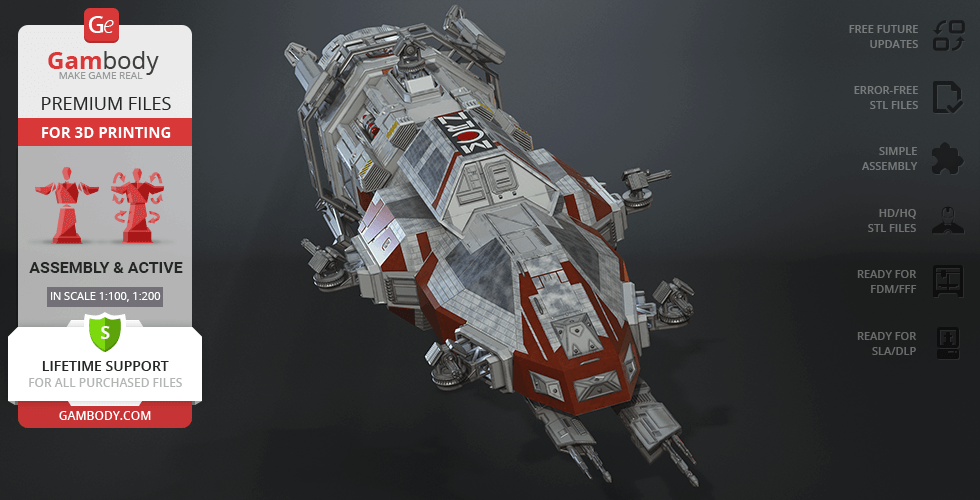
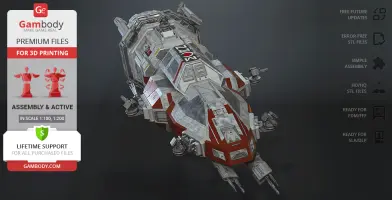
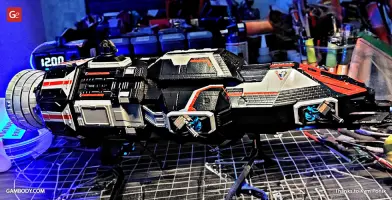
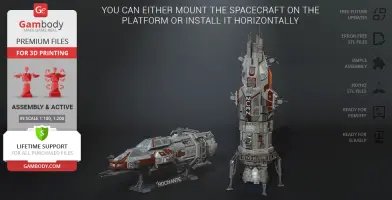
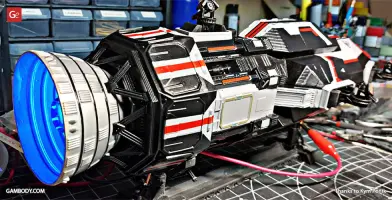
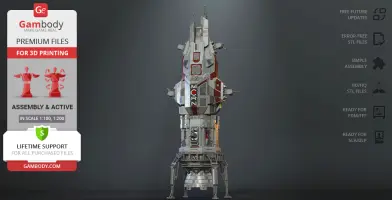
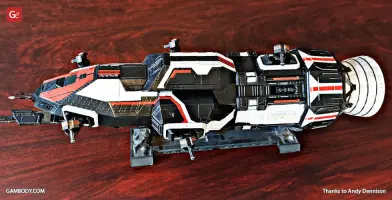

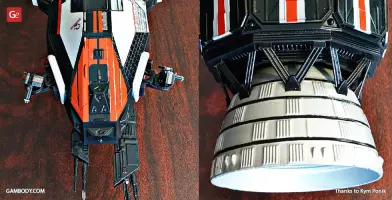

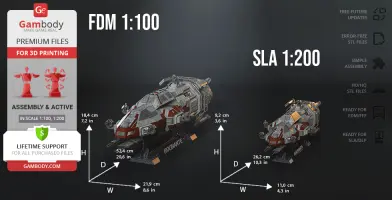
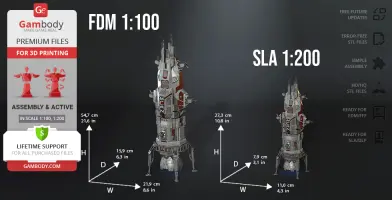
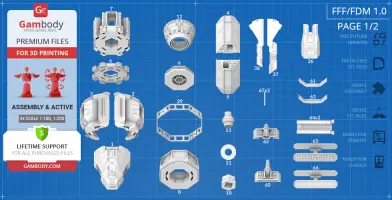
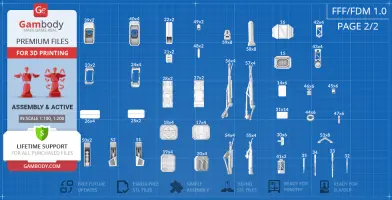

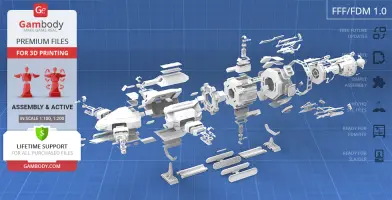
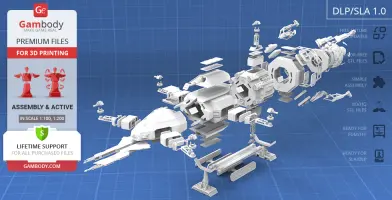
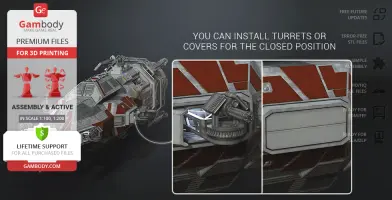

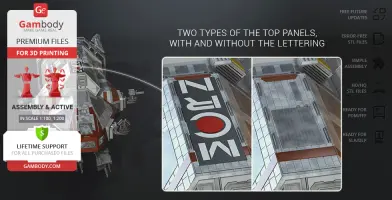
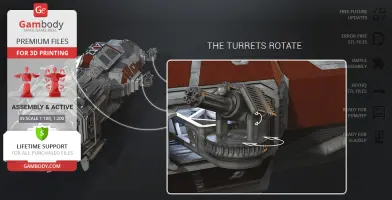
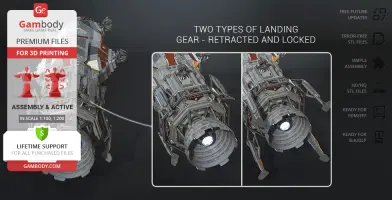
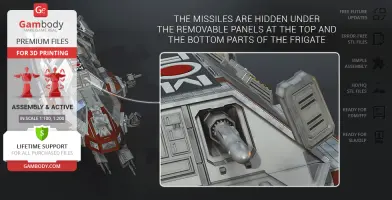


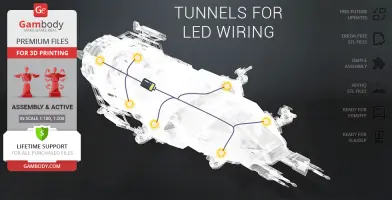
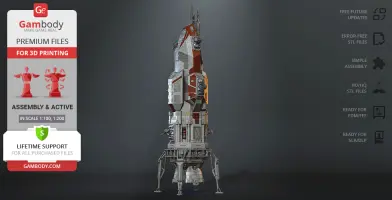
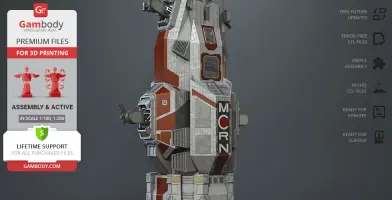
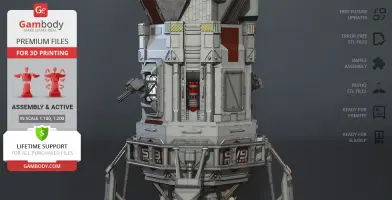

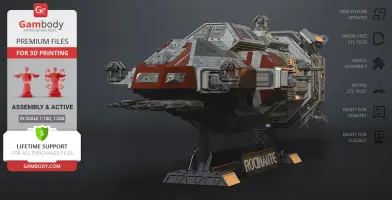
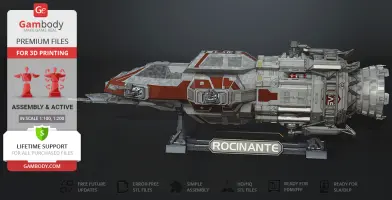
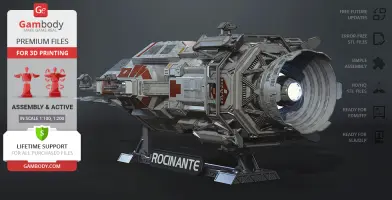
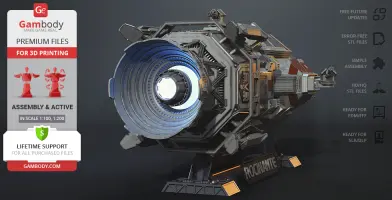
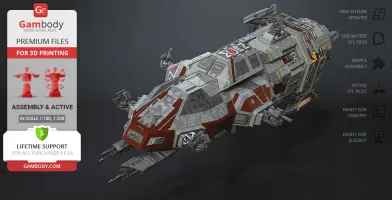
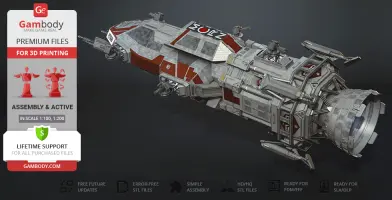
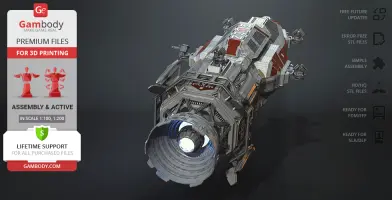
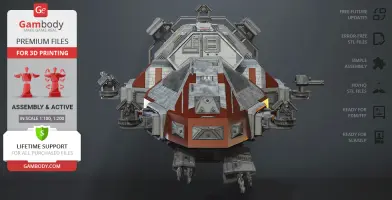
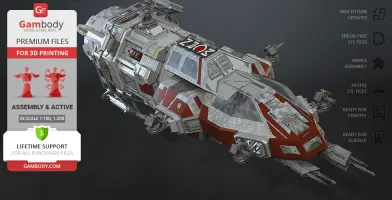
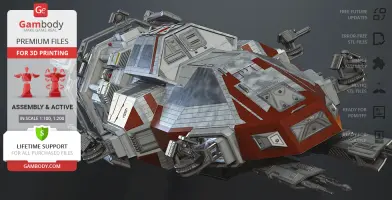
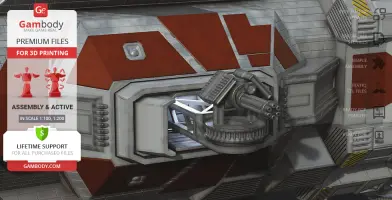
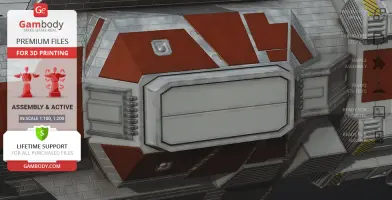
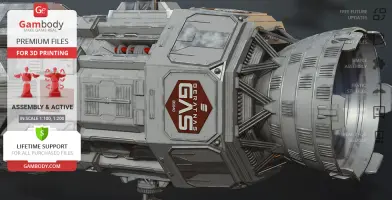
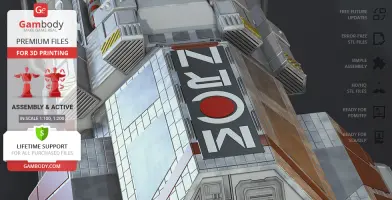
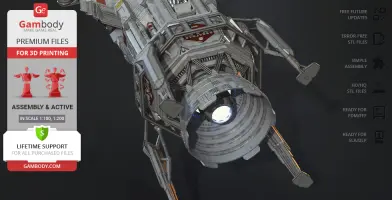
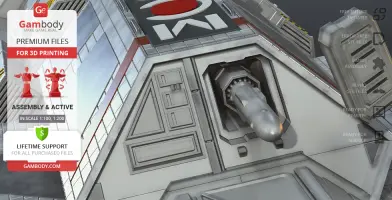
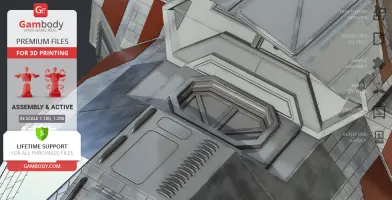
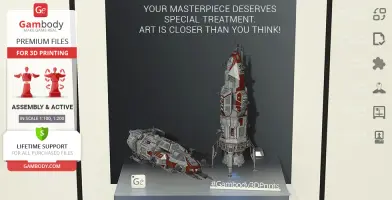
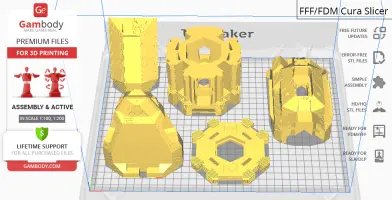
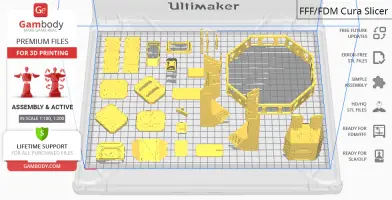
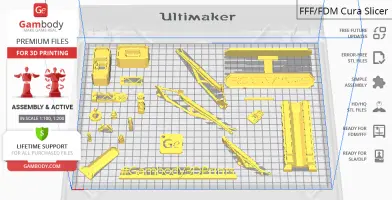




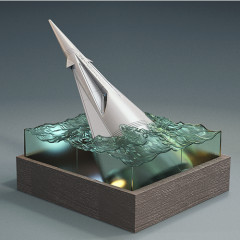
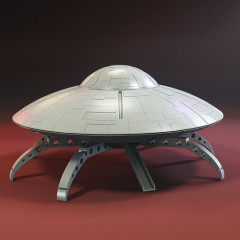
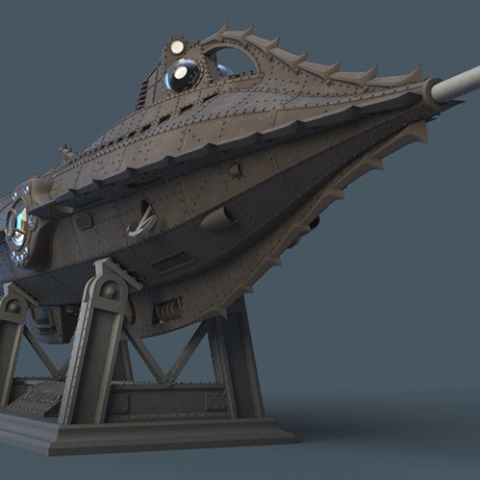
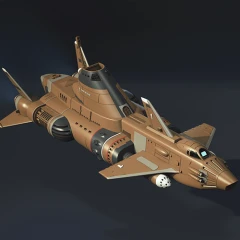
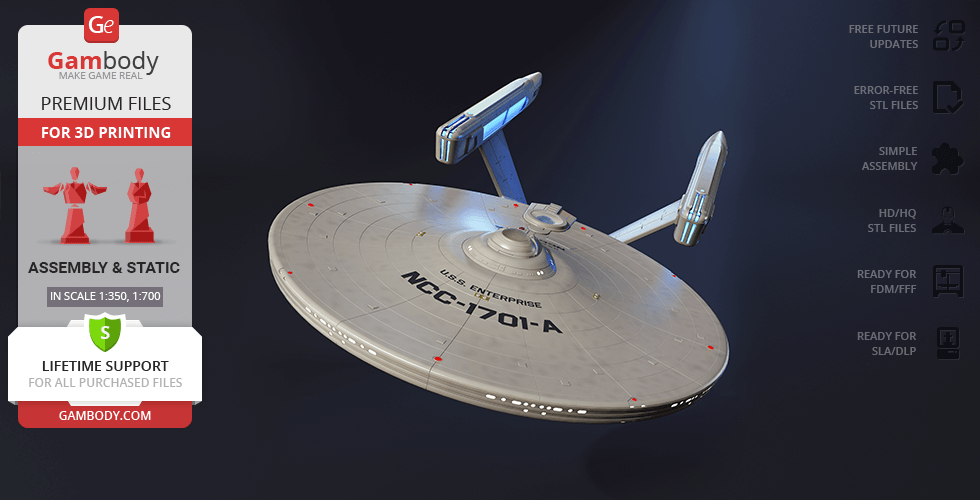
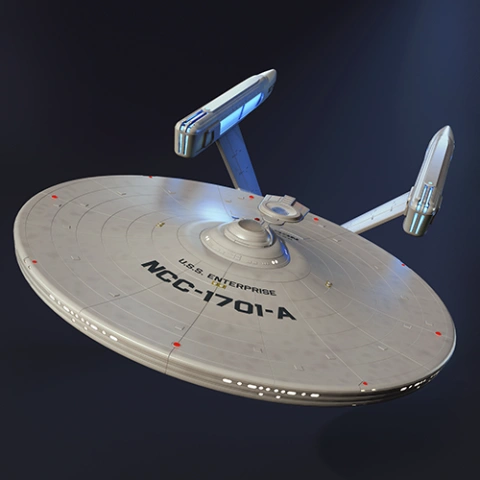
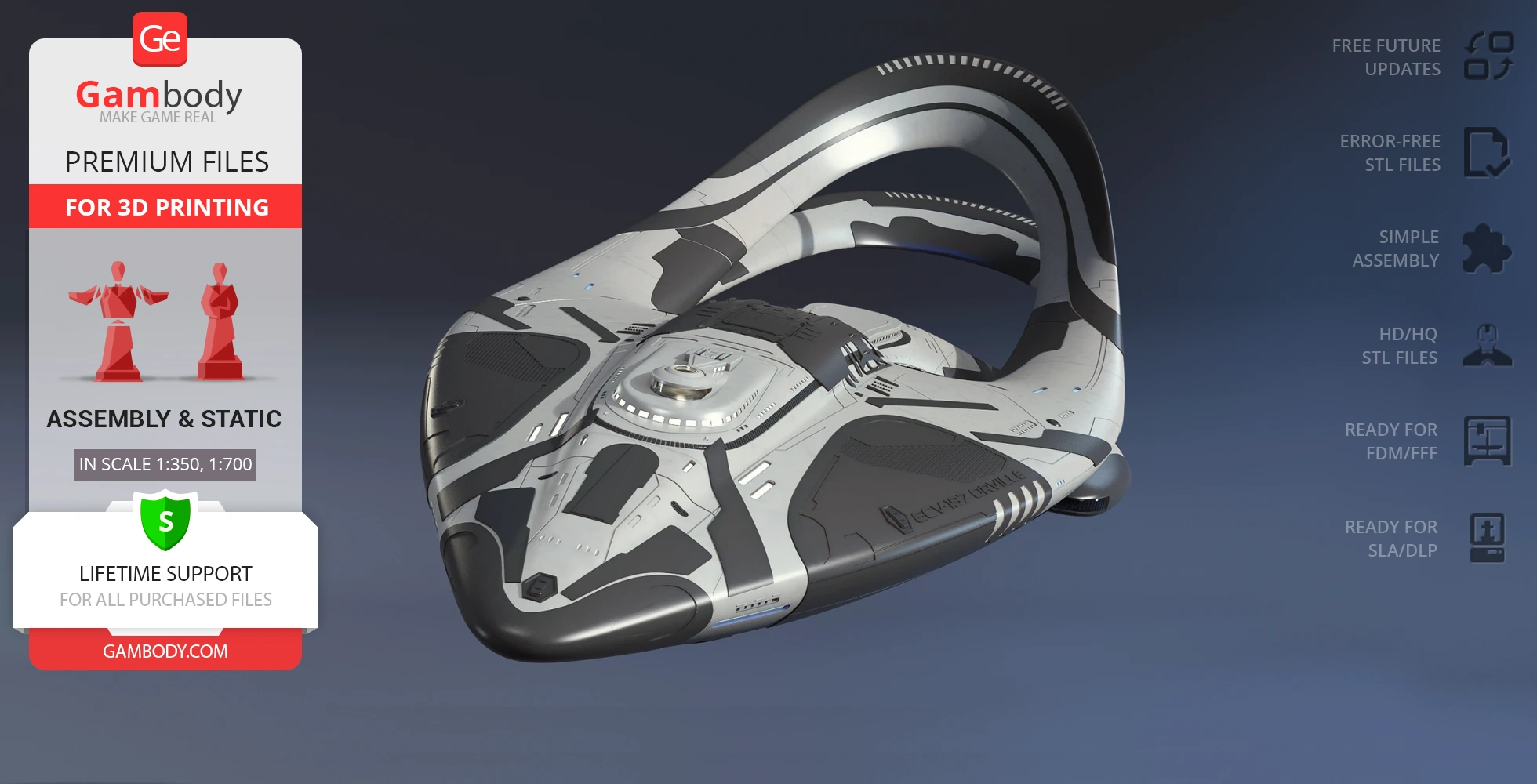
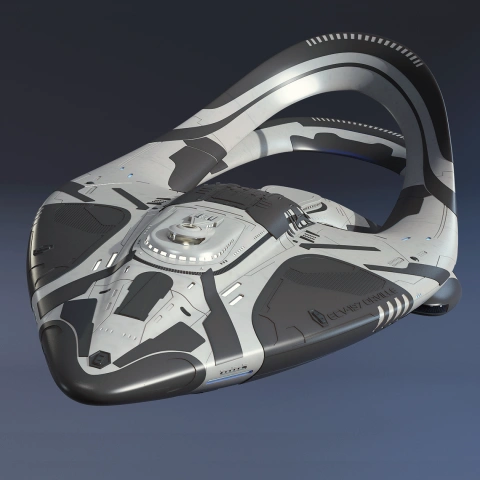
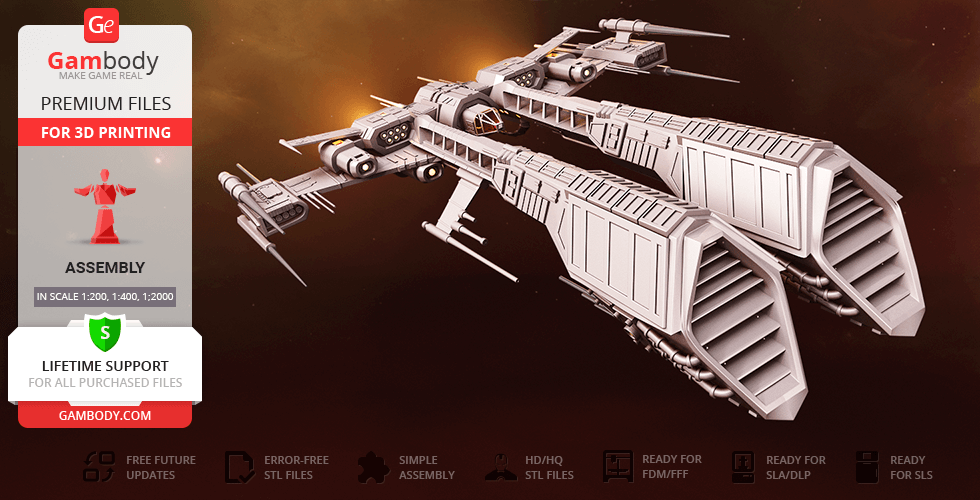
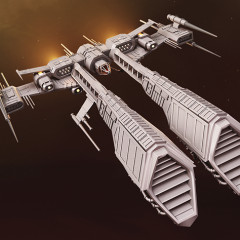
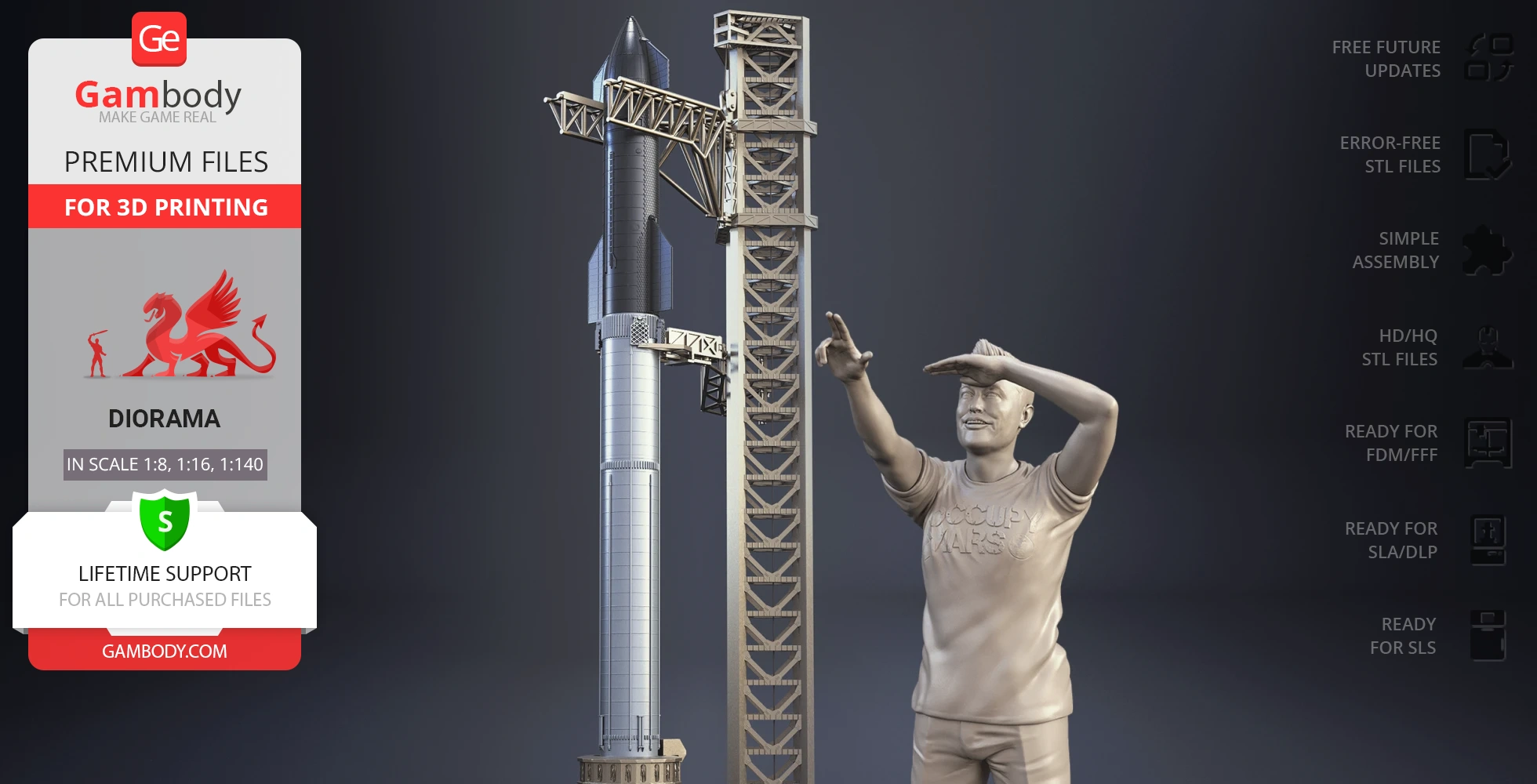

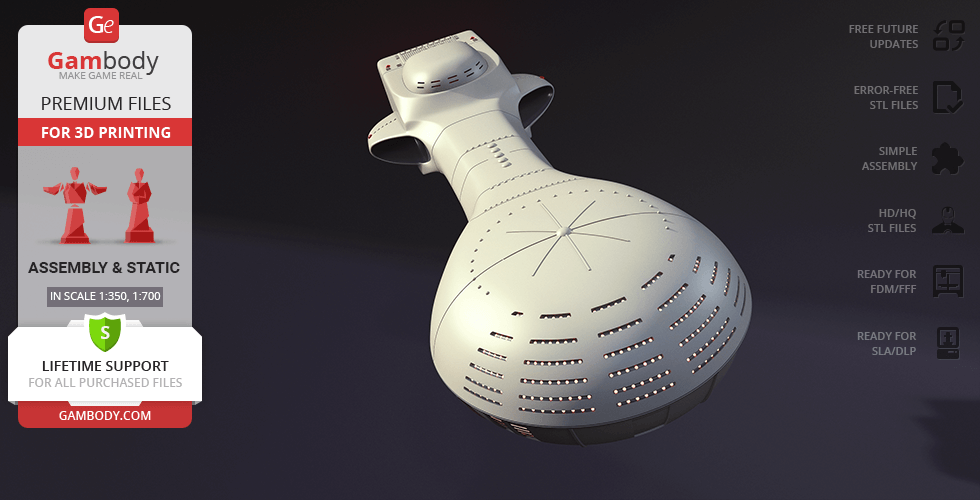
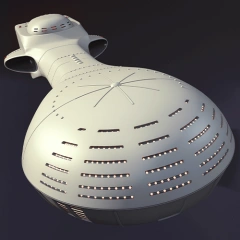

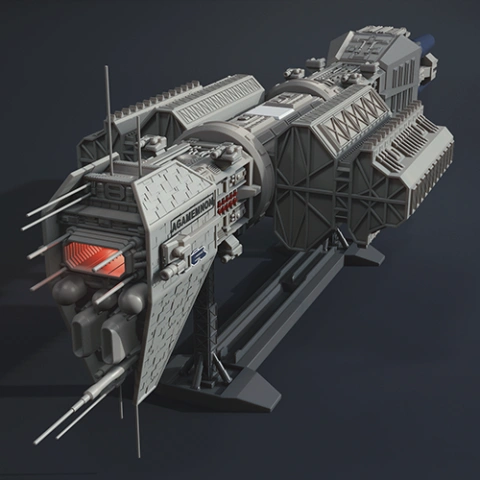
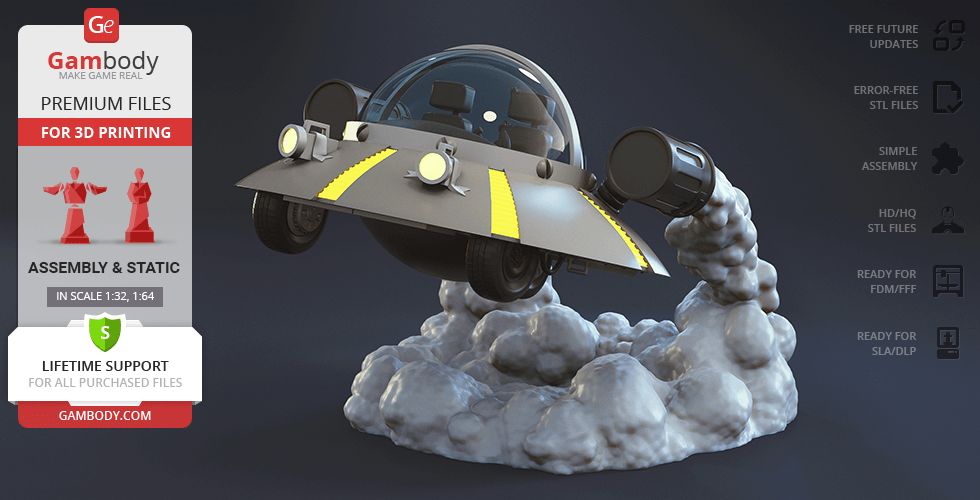
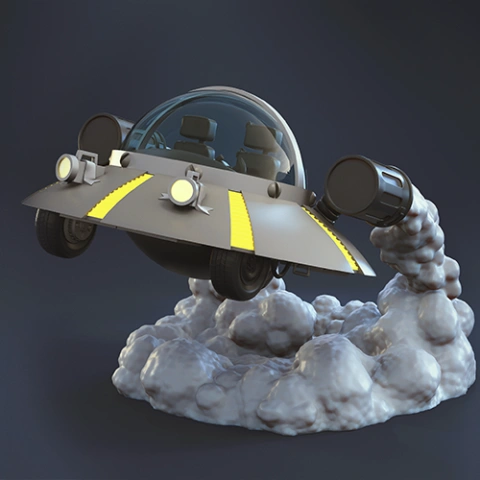
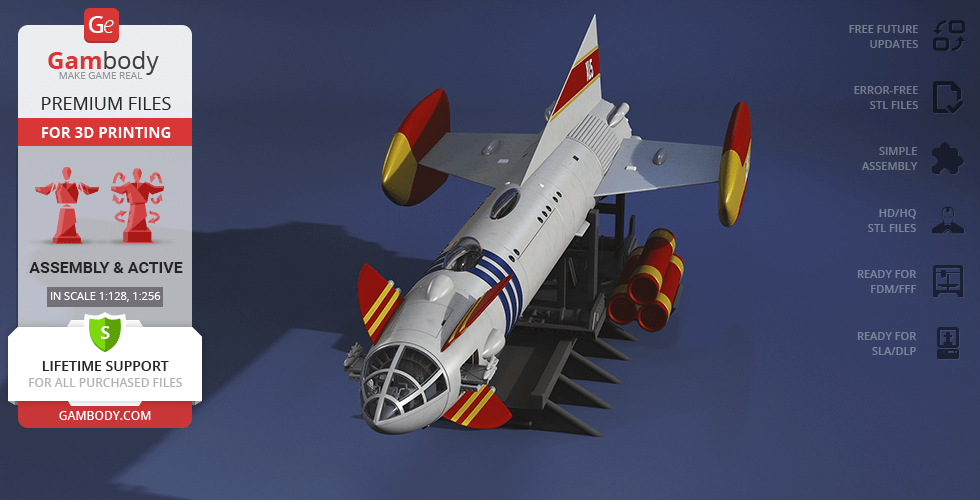
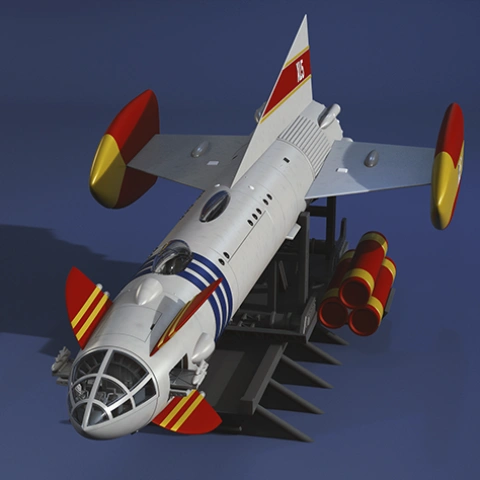
Comments